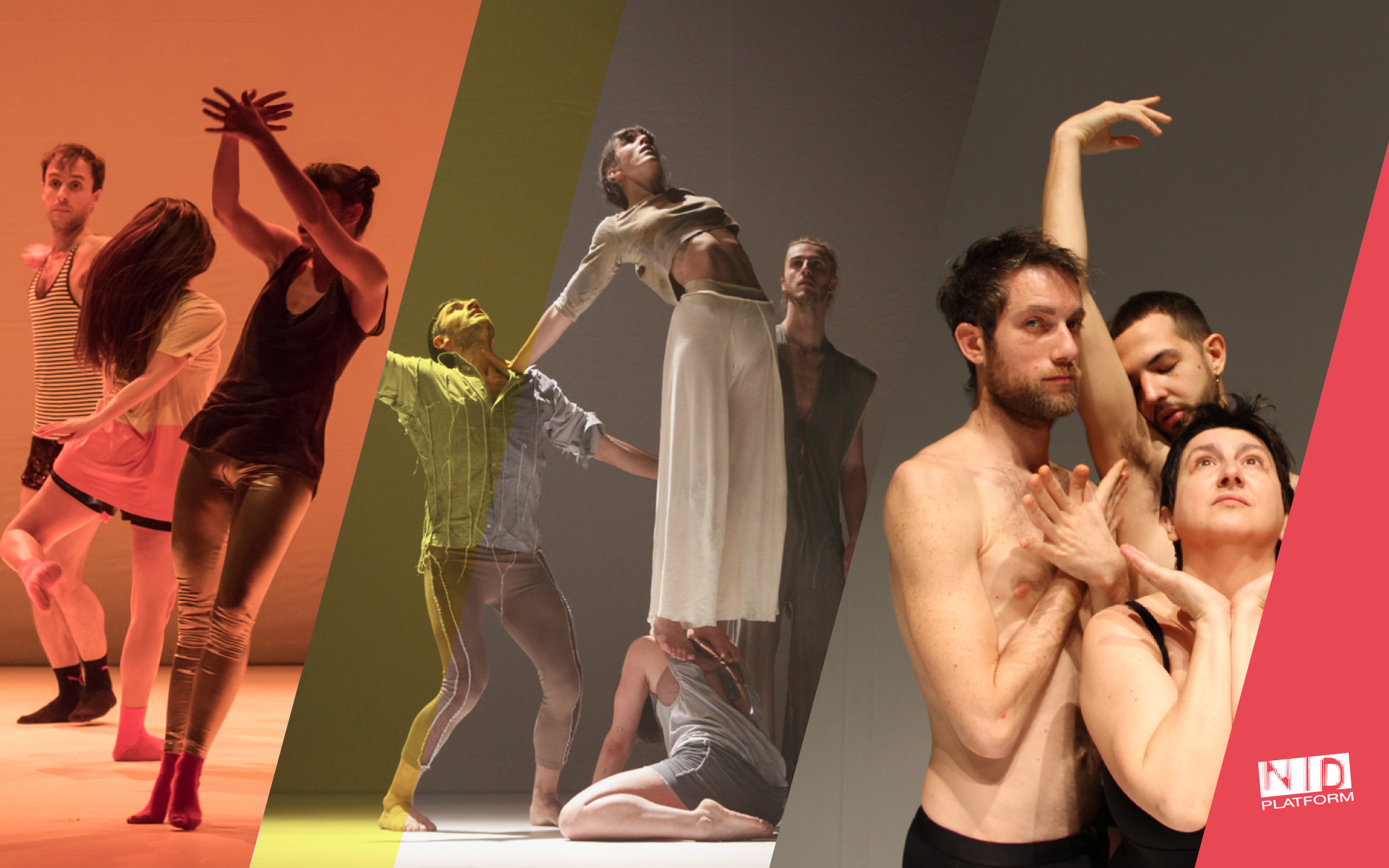«To observe the world means to invent it». Conversation with Francesco Colaleo
Conversation with Francesco Colaleo
The description of your performance, Re-Garde, opens up with a quotation from Giovanni Pascoli’s Fanciullino. Was this the inspiration of your work?
Rather than being the inspiration of my work, Giovanni Pascoli’s Franciullino was the “emotional guideline” I searched for and followed. I believe that the quotation summarises exhaustively what happens on the scene as much as in real life.
The title hints at the sense of sight. Why is this dimension so important for the performance?
To observe the world means to invent it in all its shapes and possible aspects. In Re-Garde we analysed the several ways people look at the world and at those who live in it. In a liquid society, such as the present one, even the look becomes fluid and looses its ability to anchor to visions in an authentic way, avoiding judgment and weight. So we started from translating into movement the whimsical and dashing look of children: a very powerful look, which is capable of bending reality according to the laws of desire. Sticking to the world of children, we decided to further investigate a spontaneous and playful dimension, with the characterisation of two different yet complementary personalities.
The music is extremely diversified: it ranges from the classics of the French song repertoire, to tango, to electronic music. What is the reason of this choice?
The choice of the music was very instinctive, and went with the natural creative process. I may say that to each different kind of music corresponds a different kind of look. Electronic music invites to a colder and more detached look; Argentinian tango to a penetrating and provoking look (inspired to Luis Buñuel’s documentary Un chien andalou); French songs invite both us – the interpreters – and the public to observe freely, transported by a somewhat romantic feeling – and a deeply human feeling overall. French music, thanks to its sound qualities and its language looseness, creates an empathic and lasting relationship with the listener, evoking nostalgically some places and times of the past.
You were educated in Italy, but you currently live in France. What is your idea of Italian dance, seen from the outside?
I do not have a clear and distinct idea of Italian dance, but I think that a big change is taking place on the national scene, both in terms of forms and of contents. I certainly aknowldge that Italian dance, compared to that of other countries, is linked to strict aesthetic values, to the detriment of the expressive potential of the performers.
How did the collaboration with Artemis Danza come about?
I started to work with Artemis Danza in 2013 as an performer in some shows: Aida e Tristan, Tosca x and Carmen K. Since 2014, together with Maxime Freixas, we have become associate artists of Artemis Danza Association, which directs and manages the regular functioning of our artistic activities.
What do you expect from this edition of NID Platform?
I expect discussion, dialogue and visibility. My wish is that real chances of circulation in Italy and abroad are established, as well as good practices of exchange and sharing among the participants.
